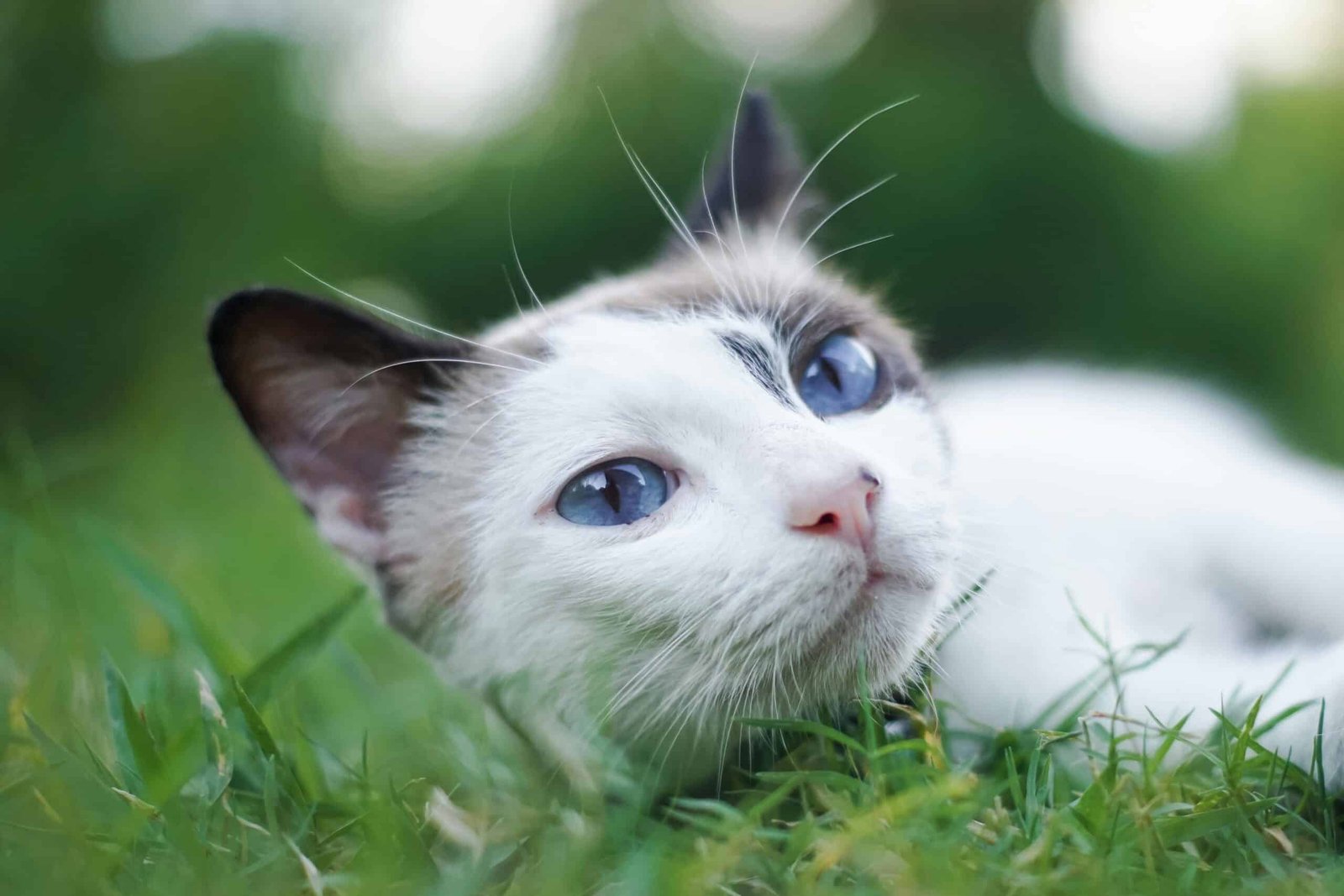Have you ever watched in awe as your cat kneads a soft blanket with their paws, sometimes even gently nibbling on it? This adorable behavior, often termed as “making biscuits,” is a common yet intriguing aspect of feline behavior. In this article, we delve into the reasons behind why cats engage in kneading and biting blankets, shedding light on their instincts and what it signifies about their emotional state.
Understanding “Making Biscuits” and Biting Blankets
Before exploring the reasons behind these behaviors, it’s important to clarify their nature:
- Kneading (“Making Biscuits”): This refers to the rhythmic pressing and alternating movement of a cat’s paws against a soft surface, such as a blanket, your lap, or even your stomach. It’s akin to the kneading motion a baker uses to work dough, hence the playful term “making biscuits.”
- Biting Blankets: Cats may also exhibit a behavior where they gently bite or chew on blankets or other soft fabrics. This behavior can sometimes accompany kneading or occur independently.
Instinctual Origins from Kittenhood
Kneading and biting are behaviors that originate early in a cat’s life, typically during kittenhood:
- Kneading: Kittens instinctively knead their mother’s belly to stimulate milk flow during nursing. This behavior not only ensures nourishment but also provides comfort and a sense of security through the warmth and closeness with their mother.
- Biting: Kittens explore their environment and learn through play, including gentle biting or chewing on objects. This behavior helps them develop their hunting skills and teeth coordination.
Why Do Adult Cats Continue to Knead and Bite Blankets?
- Comfort and Contentment: As cats mature into adulthood, kneading remains a soothing behavior that evokes memories of their early bonding experiences with their mother. It signals that your cat feels relaxed and secure in your presence or in a cozy environment.
- Marking Territory: Cats have scent glands located in their paw pads, which release pheromones when they knead. By kneading and biting on blankets, they may be marking their territory and asserting ownership over their favorite resting spots or items.
- Relaxation and Stress Relief: Kneading and biting on blankets can serve as a form of relaxation for cats. The repetitive motion helps them release tension and unwind after periods of activity or stress.
- Nesting Behavior: In the wild, cats often knead and manipulate soft materials to create a comfortable nest for themselves or their kittens. Kneading on blankets may be a manifestation of this nesting instinct, even if your cat is not intending to build a nest per se.
The Role of Purring and Other Behaviors
Purring often accompanies kneading and biting blankets, serving multiple purposes:
- Communication: Cats purr not only when they are content but also when they seek comfort or express affection. When your cat kneads and purrs while biting on a blanket, they are communicating their happiness and sense of security.
- Exploration and Play: Biting or chewing on blankets can be a form of exploration and play for cats. They may enjoy the texture or scent of the fabric, or they might be engaging in a playful behavior akin to hunting prey.
Ways to Encourage and Manage These Behaviors
If your cat kneads and bites on blankets, here are some ways to understand and manage these behaviors:
- Provide Alternatives: Offer your cat soft toys or designated blankets that they can knead and bite without damaging household items.
- Positive Reinforcement: Encourage positive behaviors by praising and rewarding your cat when they engage in appropriate activities, such as kneading on designated surfaces.
- Monitor Behavior: Keep an eye on your cat’s behavior to ensure they are not ingesting fabric fibers, which can be harmful. If your cat’s biting behavior becomes excessive or destructive, consult with a veterinarian or animal behaviorist for guidance.
Conclusion
The next time you catch your cat making biscuits and biting on blankets, appreciate it as a natural expression of their instincts and emotions. These behaviors reflect your cat’s need for comfort, security, and exploration in their environment. By understanding and accommodating these behaviors, you strengthen the bond between you and your feline companion. Embrace these unique quirks that make each cat special, and continue to provide them with a loving and enriching environment where they can express themselves freely.
Discover more from EMMOCEB
Subscribe to get the latest posts sent to your email.






